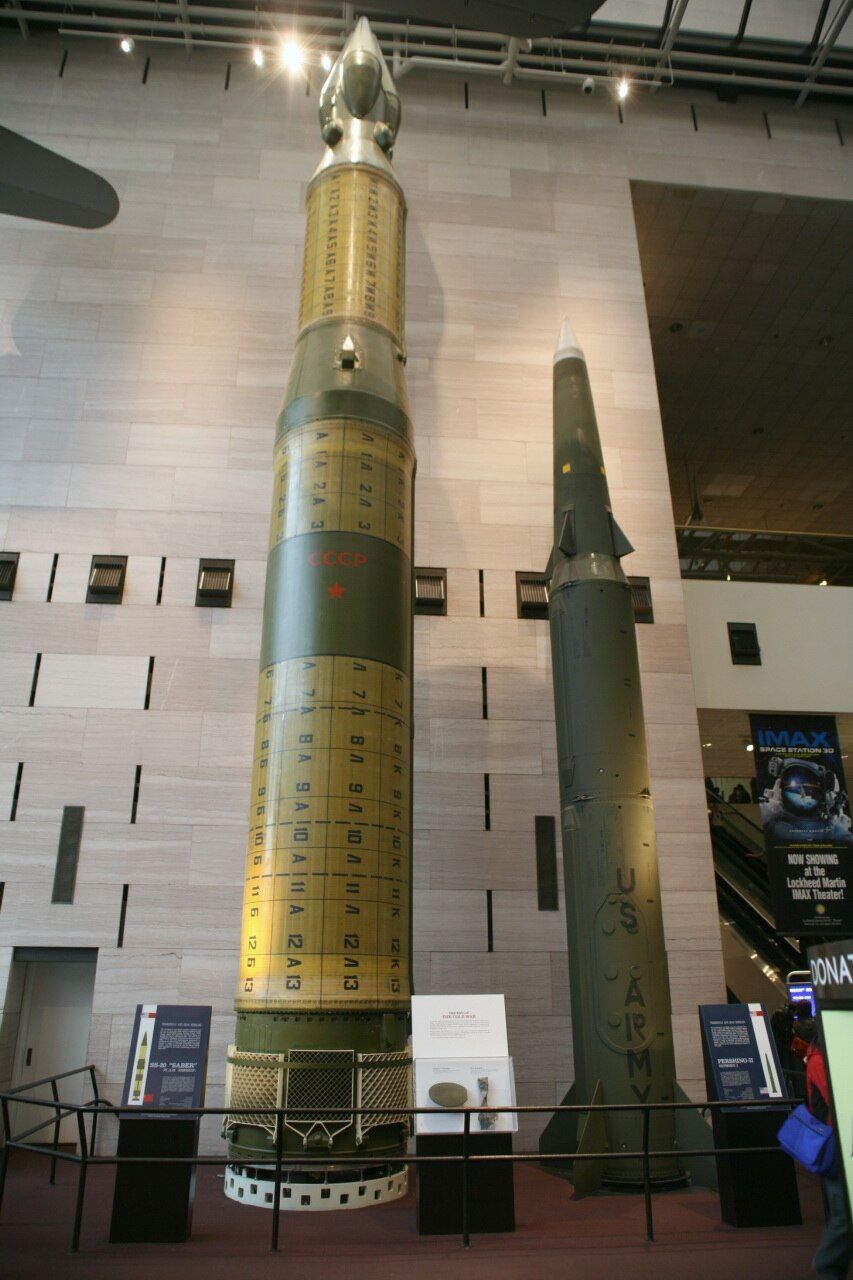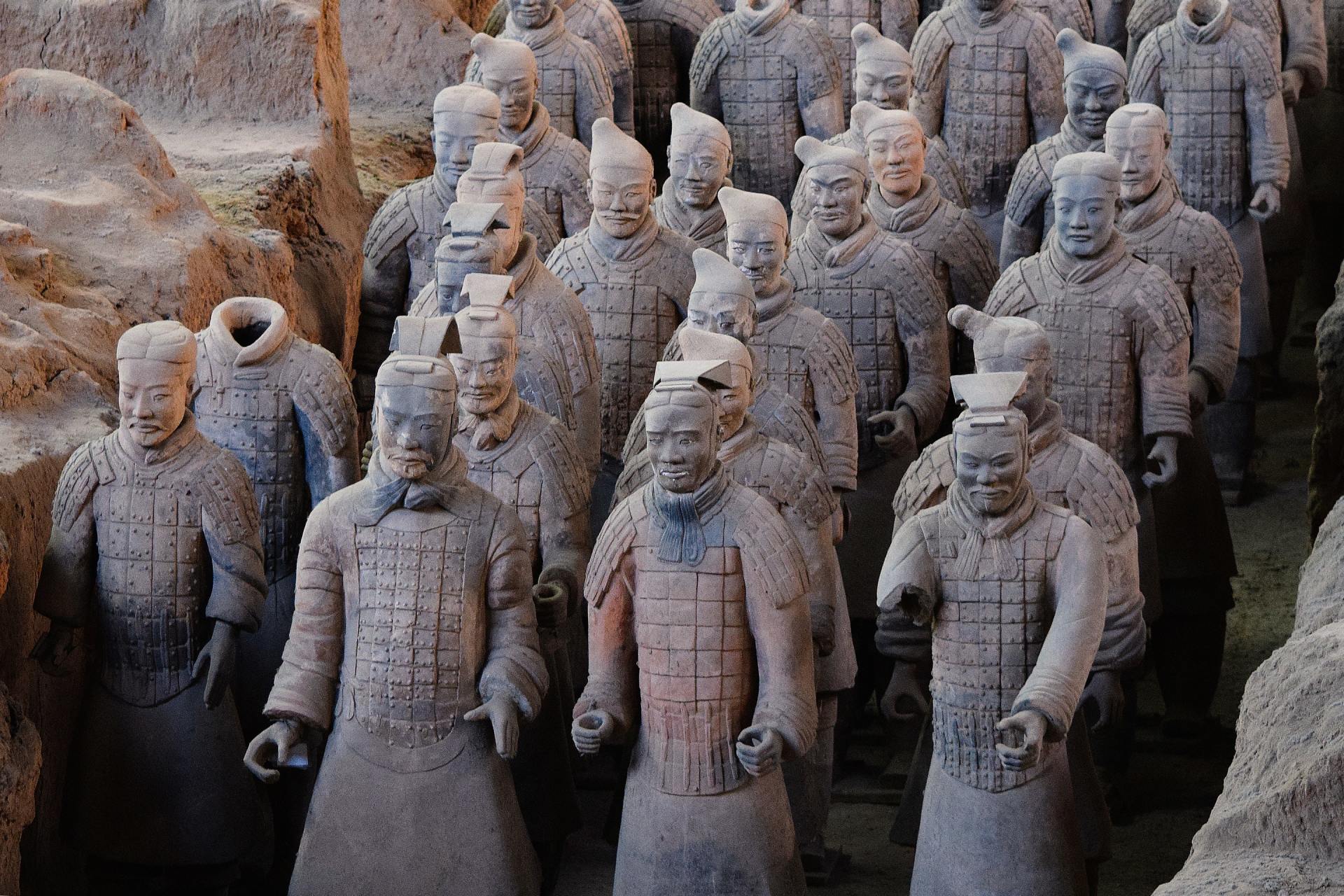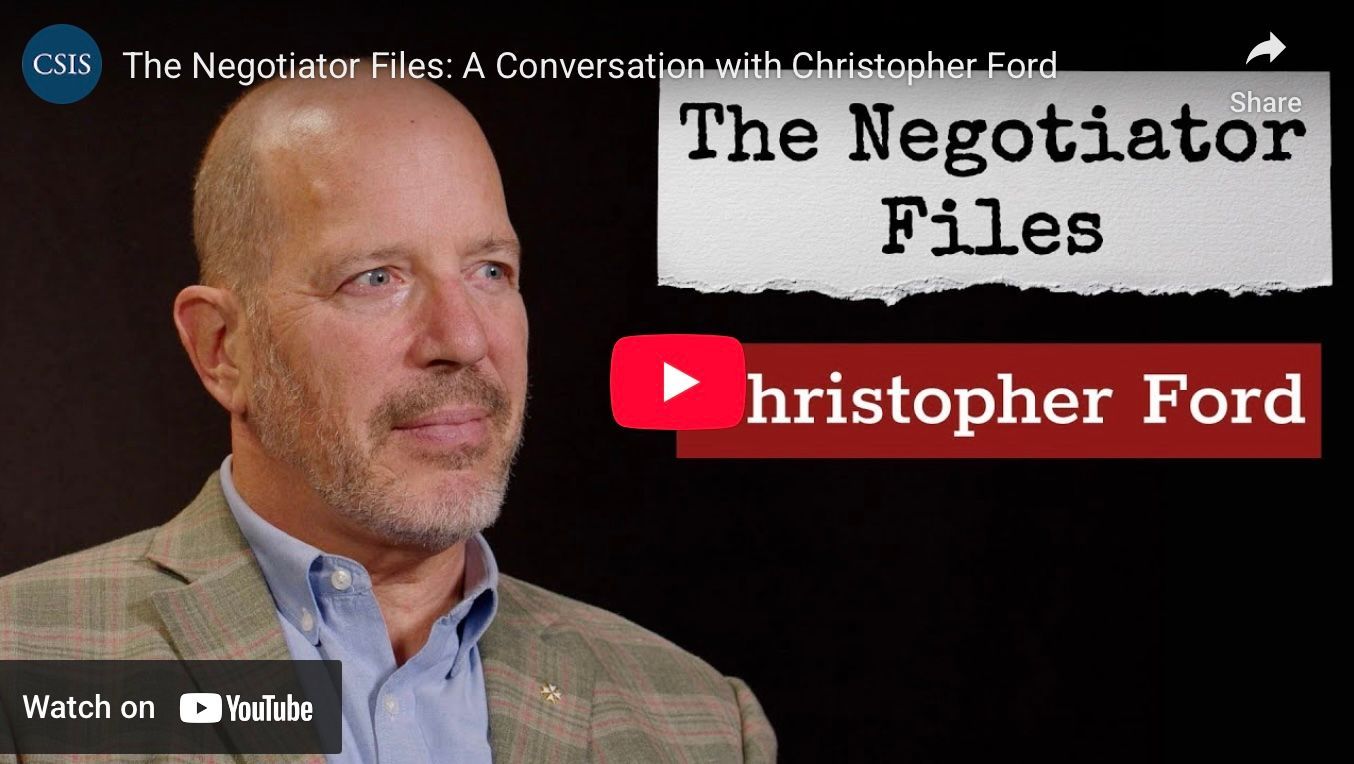U.S.-Australia Dialogue: Scene-Setter
Note:
Dr. Ford delivered the following remarks to a U.S.-Australia “Track II” dialogue held at the Australian Defense College in Canberra, Australia, on April 18, 2013. Professor Ross Babbage , former head of strategic analysis at Australia’s Office of National Assessments, also participated in this first panel of the dialogue.
Good morning everyone. Let me begin by thanking the Australian Defence College, the U.S. Naval Postgraduate School, and the U.S. Defense Threat Reduction Agency for organizing this dialogue. It’s a pleasure to be back in Canberra, and especially to have the chance to talk with you.
Before I go further, however, let me make clear that nothing you’ll hear from me today necessarily represents the views of anyone else in the U.S. Government, or elsewhere for that matter.
That said, however, I’d like to offer a sort of tour d’horizon to help set the scene for our discussions by describing what I, at least, see as some of the key issues confronting the Asia-Pacific region. There are no doubt quite a few additional topics one could discuss, but I’d like to outline eight themes that resonate with me, and about which I will be very interested to hear your thoughts.
- China’s Rise and Ambition to “Return.” A critical aspect of the regional security environment relates to the rise of China, and its increasing self-assertiveness in the Asia-Pacific, and indeed more broadly. It seems clear that the People’s Republic of China (PRC) has a longstanding ambition not merely to bring about its own “rise” but in fact to engineer a kind of “return” to geopolitical status after years of perceived “humiliation” and the deprivation of what is felt to be, in effect, China’s civilizational birthright as a power of the first rank.
Under Deng Xiaoping this ambition manifested itself with a significant degree of strategic caution under the rubric of “biding one’s time and hiding one’s capabilities.” Nevertheless, Deng and his colleagues were no less committed to the destination of “return” than the most perfervid of nationalist firebrands. (They just preferred to do their homework and put on some muscle mass at the gym, as it were, before throwing a coming out party.) In recent years, moreover, the strategic caution of the Dengist “time-biders” has been under pressure and losing ground to more ambitious and impatient voices more inclined to conclude that the time is now – or is almost upon us, at any rate. As a consequence, Beijing’s strategic caution is today in increasingly short supply. Worsening the problem, the Chinese Communist Party (CCP) has tied its internal legitimacy to being able to deliver China’s longed-for “return,” requiring the Party, in its desperation to preserve its monopoly on power, to demonstrate not merely that Chinese power is growing in the aggregate but also that it is rising relative to everyone else.
Today, the CCP regime is increasingly willing to assert itself, to flex its growing military muscles, and to demand both ever more status-deference from international interlocutors and ever more control over others’ discourse about China , even internally. Beijing has also taken encouragement from conclusions that that U.S. politico-economic problems indicate our decline – a line of thinking that further bolsters those who find Dengist strategic caution to be distasteful and obsolete, and which has thus encouraged provocative self-assertion.
- U.S. ambiguity. While the PRC has been becoming more powerful and assertive, the strategic message from the other side of the Pacific has been notably ambiguous. To be sure, we have come to employ more steadfast language and take a more resolute diplomatic and political posture vis-à-vis Asian affairs in recent years. We talk of a “pivot” or “rebalancing” to Asia that will see us more robustly deployed in the region and taking a more proactive role in Asia-Pacific affairs in conjunction with our friends and allies.
Yet this shift is as yet still unformed, and it is not clear what concrete form, if any, it will end up taking – how hard-wired, if you will, our “rebalancing” will be in terms of real-world political, military, and economic institutionalization. It is hard to forget that for Barack Obama, Afghanistan was the United States’ “war of necessity” only for so long as saying this was a politically useful way to be against involvement in Iraq without simply sounding weak. The Obama Administration today seems serious about the Asian “pivot,” but the jury is still out.
And even if the White House is strongly committed, there is the problem of money. The president’s Fiscal Year 2014 budget request package talks a lot about U.S. Navy readiness, Air Force procurement, and about investments in the kind of intelligence, surveillance, and reconnaissance (ISR), and in undersea, space, and cyber capabilities that would presumably be needed in order to sustain a forward posture in the Pacific in the face of PRC anti-access and area denial (A2/AD) strategies.
But budgets are notoriously tight, and indeed the president’s request operates on the basis of an assumed budgetary top line well above the level that would trigger sequestration-type recissions under the Budget Control Act, and yet it offers no indication of how to prioritize cuts in actually reaching levels permissible under current law. Given the degree to which U.S. officials before the March 2013 sequestration were already hinting that budget cuts could force them, as it were, to rebalance the Asian “rebalancing” – and given the degree to which the president’s budget package also emphasizes that we will not abandon our commitments to friends in the Middle East either – observers could be forgiven for not being quite sure where this is all going.
The White House, moreover, loudly proclaims the importance of alliance reassurance in the Asia-Pacific region, while yet continuing to talk in sweepingly ambitious terms about its desire significantly to reduce our arsenal of nuclear weapons, headed toward some ultimate “zero.” Given that nuclear weaponry has for decades been an important component of the overall deterrent “umbrella” which we have offered to friends and allies in the Asia-Pacific, the importance of disarmament in contemporary U.S. policy discourse adds to the ambiguity of our net message to Asia.
- North Korea. The Democratic People’s Republic of Korea (DPRK) is very much in the news of late, in disturbing ways that need no reemphasis here. The Korean Peninsula is obviously a very dangerous and volatile place right now, with significant potential for violent escalation – whether by Pyongyang’s design or by mishap or miscalculation.
U.S. policy vis-à-vis North Korea still remains unsettled and somewhat surreal, however, and with it the international community’s approach, for we still pretend that the revival and success of the Six-Party Talks on DPRK denuclearization is a realistic objective. In truth, voluntary DPRK denuclearization has long been a fantasy, and in reality we face a choice, at the very least, between (a) in some sense “accepting” Pyongyang as a nuclear weapons possessor and (b) admitting the de facto current state of our policy, which is to maintain as painful and crippling of an array of pressures on the Kim family dynasty as possible, in order to keep the DPRK “in a box” until it eventually collapses. Not admitting that this is where we are, however, perpetuates ambiguities and distracts from clear strategic thinking.
- Regional Maneuver. In part for some of the reasons I have already outlined, various regional actors are also beginning to play more autonomous roles. Japan is becoming both more restive vis-à-vis Chinese power and less constrained by the baggage of its own history when it comes to geopolitical maneuver, collaborative military relationships, and defense policy. South Korea, too, is coming or has come of age as a modern developed democracy and an increasingly important full partner in security relationships with the United States – even as it prepares for the transfer of wartime operational control (OPCON) authority on the peninsula and ponders the acquisition of nuclear fuel-cycle technology that might give it, in effect, a nuclear weapons “option” as a strategic hedge for the future.
Vietnam and the Philippines also find themselves increasingly interested in some kind of strategic counter-mobilization against a more belligerent China, even as the Association of South-East Asian Nations (ASEAN) struggles to find a voice for itself when divided over issues of whether and to what degree to cope with Chinese assertiveness through confrontation versus concession. On the whole, regional dynamics are arguably approaching some kind of threshold where temporizing and cautious opacity are becoming both less feasible and less wise. It isn’t quite clear where things are going, but they do appear to be picking up speed.
- Proliferation. The Asia-Pacific region also faces increasing proliferation tensions. During the Cold War, it was possible to wind down nuclear weapons programs in both Taiwan and South Korea, for example, on the strength of U.S. conventional and nuclear commitments to alliance security vis-à-vis a threatening regional power. For the reasons I’ve outlined above, however, it is not guaranteed that such pressures will be as easily assuaged in the future.
- China’s Stability. For all the impact that China’s rise – and desire for “return” – seem to be having in the region, it also bears mention that the PRC’s future is itself something of a question mark. Many analysts tend to assume a Chinese future marked by the continuation of recent trends indefinitely into the future, presumably producing an overwhelmingly, indeed irresistibly, powerful PRC colossus. It is usually a great mistake to make such assumptions, however, as any student of history will tell you. Today, as strong a case can be made for the PRC’s regime’s instability and medium- to long-term untenablility as can be made for its inevitable continued rise. The challenges Beijing faces – in terms of its increasingly outdated growth model, its perilous demographics, its challenges of internal control and stability – are tremendous, and might actually prove insuperable. There is as yet no entirely persuasive single answer to this “colossus-or-collapse” debate, of course, but the implications are naturally huge.
- Military affairs. As is suggested by the prominence of A2/AD capabilities in the PRC’s military buildup – and by the great role of anti -A2/AD technology and methods in U.S. defense planning – the Asia-Pacific region also seems to be at the forefront of whatever comes next in the realm of military technology. Military historians are often wont to expound on the shifting balance between offense and defense in warfighting technology, even as we are all still struggling to come to grips with whether, and to what extent, a “revolution in military affairs” has really been occurring in the information age. Such questions are still unsettled, but whatever the answer are, Asia is at the epicenter of what might be a very portentous shift of some sort.
- India. I tend to agree with the recent cover story in The Economist that India is presently unprepared – institutionally, politically, and psychologically – for the role of a superpower. India is already of enormous importance, however, as a huge developing democracy, a civilization-state with an increasingly sophisticated economy and a relatively powerful military that has emerging regional power-projection capabilities. New Delhi may not yet be quite ready for a major role in the Indo-Pacific, but its potential for such a role is clear, and that day is presumably coming closer.
This is hardly a definitive list of issues, but it is a list of important ones – each of which has significant implications for regional affairs and for U.S.-Australian relations as we approach the Asia-Pacific as both close friends and allies. This should, therefore, give us plenty to chew on as we start this dialogue. I look forward to our discussions.
Thank you.
-- Christopher Ford









